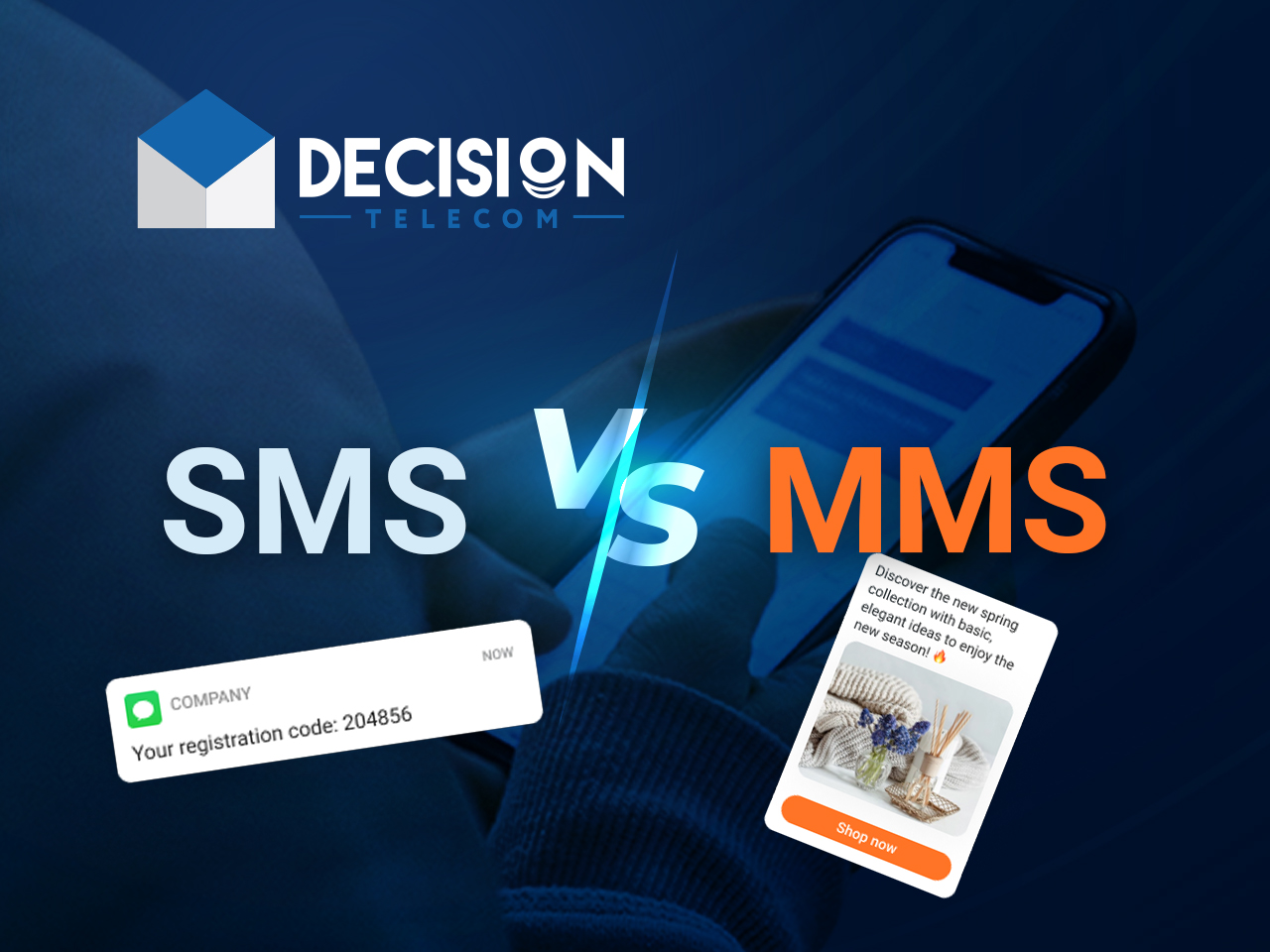Understanding MMS Video: A Comprehensive Guide
MMS video has become an essential part of modern communication, especially with the proliferation of mobile devices. As technology evolves, so does the way we share multimedia content. In this article, we will delve into the intricacies of MMS video, exploring its features, benefits, and how it has transformed the way we communicate. Whether you're a tech enthusiast or just curious about mobile messaging, this guide is for you.
The term MMS stands for Multimedia Messaging Service, which allows users to send messages that include multimedia content such as videos, images, and audio files. Unlike traditional SMS, which is limited to text, MMS video enhances the messaging experience by enabling users to share rich media. This shift has made communication more dynamic and engaging, bridging the gap between text and visual storytelling.
As we navigate through this article, we will provide insights into the technical aspects of MMS video, its applications in various fields, and tips for optimizing your multimedia messages. By the end of this guide, you will have a thorough understanding of MMS video and its significance in today's digital landscape.
Table of Contents
- What is MMS Video?
- History of MMS
- How MMS Works
- Benefits of MMS Video
- Applications of MMS Video
- MMS vs SMS: Key Differences
- Best Practices for Sending MMS
- The Future of MMS Video
What is MMS Video?
MMS video refers to the capability of sending video files via the Multimedia Messaging Service. This feature allows users to share short clips, enhancing personal communication with visual content. Unlike regular video sharing platforms, MMS video is integrated directly into messaging applications, making it convenient for users to send videos to friends and family without needing internet access.
History of MMS
The history of MMS dates back to the early 2000s when mobile technology began to advance rapidly. Initially, SMS dominated mobile communication, but the limitations of text messaging prompted the development of MMS. The first MMS messages were sent in 2002, allowing users to share images and audio clips.
Evolution of MMS Technology
As technology progressed, MMS evolved to include video sharing. The introduction of smartphones with better cameras and processing capabilities paved the way for high-quality video messaging. Today, MMS video is widely used across various platforms, making it a staple in mobile communication.
How MMS Works
Understanding how MMS video functions involves grasping the underlying technology that supports it. When a user sends an MMS video, the following process occurs:
- The user selects the video file they wish to send.
- The mobile device encodes the video into a compatible format.
- The message is sent through the mobile network to the recipient's device.
- The recipient's device decodes the message, allowing them to view the video.
Benefits of MMS Video
MMS video offers numerous advantages over traditional text messaging, including:
- Enhanced Communication: Video adds a personal touch, allowing users to convey emotions and context more effectively.
- Broader Content Sharing: Users can share a variety of multimedia content, including videos, images, and audio.
- Convenience: MMS video can be sent directly from mobile devices without the need for internet connectivity.
Applications of MMS Video
MMS video is utilized in various sectors, including:
- Marketing: Businesses leverage MMS video for promotional campaigns, showcasing products in action.
- Education: Educators use MMS video to share instructional content with students.
- Social Media: Users share personal moments and experiences through MMS video on social platforms.
MMS vs SMS: Key Differences
While both MMS and SMS are integral to mobile communication, they serve different purposes. Here are key differences:
- Content Type: SMS is limited to text, while MMS supports multimedia content.
- Size Limitations: MMS messages can include larger files compared to SMS.
- Cost: MMS messages often incur higher charges than SMS.
Best Practices for Sending MMS
To optimize your MMS video experience, consider the following best practices:
- Keep Videos Short: Aim for concise videos to maintain the recipient's interest.
- Optimize File Size: Ensure the video file is within the size limits set by your carrier.
- Use Clear Language: Accompany your video with clear captions or descriptions for context.
The Future of MMS Video
The future of MMS video looks promising with advancements in technology. As mobile networks evolve with 5G and beyond, the quality and speed of MMS video sharing will improve significantly. Additionally, the integration of AI and augmented reality may further enhance the multimedia messaging experience.
Conclusion
In conclusion, MMS video represents a significant advancement in mobile communication, allowing users to share rich multimedia content effortlessly. With its numerous benefits and applications, MMS video has transformed how we connect with others. As technology continues to evolve, we can expect MMS video to play an even more prominent role in our daily communication.
If you found this article helpful, please leave a comment below or share it with your friends. For more insights on mobile technology, explore our other articles on the site!
Closing Thoughts
Thank you for reading! We hope you gained valuable insights into MMS video and its impact on communication. Be sure to visit us again for more informative content.
```
Exploring The Subashree Sahu Bathroom MMS Controversy: A Comprehensive Overview
Understanding The Importance Of Mom And Son CCTV: Keeping Your Family Safe
Shubhshree Sahu Viral MMS: Uncovering The Truth Behind The Controversy

/what-is-sms-mms-iphone-2000247-Final-5c38a50846e0fb0001673a66.png)
